Gold Recovery! - You Easily Do It Yourself!
Wait don’t throw those old electronics in the garbage, there’s gold in them there things. How about putting it in your pockets instead of someone else’s pocket?
Laptops, phones, cameras, and the like are filled with gold plated circuit boards even printers and scanners have gold, silver, and copper, even platinum in them.
Gold is a precious, conductive, and pliable metal that retains a stable value better than many commodities. Its chemical properties make it useful for the manufacture of computers parts and electronics. Some people find it profitable to attempt to extract the gold from these scraps, then refine and sell it. This complicated process requires chemical expertise as well as access to various chemistry equipment. However, with the right knowledge, experience and tools, you can remove valuable gold from computer parts, other discarded electronics.
Things You Will Need:
Scrap electronics
Rubber gloves
Rubber apron
Goggles
Hydrogen Peroxide 3% I got from local pharmacy.
Muriatic acid 31% local hardware store.
Methyl Hydrate is 99.9% methyl alcohol it is used for fuel line antifreeze and can be purchased at your local hardware or automotive supply.
Funnel filter I used a drip coffee filter
2 large glass containers I like coffee pots for chemical heat.
Stir stick glass or plastic
Weigh scale mine is accurate to 1/10th of a grain.
Blow Torch hot enough to hard solder.
Borax
Clay bowls just about anything that has a melting point 500o above the melting point of gold will do.
Measuring cup anything you can use to make a 2:1 mix will do.
Although no special skills are needed one should follow all chemical and heat safety procedures.
Collect any gold-containing metal scraps to which you have access, including jewelry, computer processors, old telephone wiring or gold tooth crowns. Keep in mind that outdated electronics are likelier to produce parts with a high enough level of gold to make the procedure worthwhile.
This is the gold I collected in a bucket over three months.
Sort the gold into circuits that need cleaning, gold plated parts, gold plated pins, gold fingers, and solid gold large and small. Use a magnet to separate all gold plated steel this needs a different process than I am demonstrating.
Step 2: Stripping the Fingers and Clean Circuits
Apply all safety gear correctly before working with chemicals and do this outside as the fumes are nasty.
Put the gold fingers and clean circuit boards in the coffee pot, in another container mix two parts muriatic acid and one part hydrogen peroxide and add to the coffee pot until it just covers the gold fingers and wait a week giving it a stir daily. Since I have a week I will move on to processing my solid low grade gold parts.
Step 3: My Scale
My RCBS scale is accurate to 1/10th of a grain when setup right however do not go by the Oz to grain chart on the scale. A grain is a grain however a troy Oz is 1/12th of a troy pound and a regular Oz is 1/16th of a pound so a Troy Oz is 480 grains not 437.5 grains. Setup the scale remembering to zero it by adjusting the screw on the left.
Step 4: Cupellation
Cupellation is a process where ores or alloyed metals are treated under high temperatures and controlled operations to separate noble metals, like gold and silver, from base metals like led, copper, zinc, and others present in the ore or alloyed metal. The process is based on the principle that precious metals do not oxidize or react chemically, like the base metals; so when they are heated at high temperatures, the precious metals remain apart and the others react forming slags or other compounds. This process has been in use since the Bronze Age and still used today able to raise the gold and silver content to 95%, however the process cannot separate silver from gold, but this is good enough for me.
Cupellation is simple weigh the solid pieces of low grade gold, burn the crap out of it until you get no more slag and it becomes a nice bright yellow bead, and then you weigh it after it cools.
My solid low grade gold parts with garbage attached went from 180 grains to 75.9 grains of high grade gold with no garbage attached.
Step 5: Gold Flakes and Dust
A week has passed and it is time to collect your gold flakes and dust from your cleaned fingers and circuit boards, after a week the acid darkens and with a stir the flakes of gold can be seen floating around in the pot.
Pouring the acid into a coffee filter the acid passes through the filter leaving the gold behind, save the acid do not dump it down the drain.
Next dump the remaining fingers and circuit boards into a deep plastic tray and add water, sort out the cleaned of gold parts, put the cleaned parts in the waist and save the un-cleaned parts for re-dipping.
After you have sorted the circuit board parts pour the water off through the coffee filter and flush with methyl hydrate to clean. Since the methyl hydrate is 99.9% methyl alcohol it cleans and dries the gold flakes better and faster than water, water will cling to the gold flakes and give you a false weight.
Step 6: Using Borax with your Salvaged Gold
There are basically two methods of melting gold flakes and dust to recover gold available to the average person, the mercury method called Gold-Mercury Amalgam with its obviously toxic by-products and the Borax Method.
I do not recommend the mercury method it works but it is extremely toxic for generations.
The Borax Method is a technique of artisanal gold mining, with its basis in the principle that borax reduces the melting point of all minerals, including precious metals like gold. The melting point of gold is 1063 ˚C, which is a higher temperature than can be obtained by cheap torches and burners. By adding borax to the heavy mineral concentrate, the melting point temperature decreases, allowing people to melt gold out of their concentrate and salvage. By using borax, no mercury flour is produced, and gold recovery increases.
Step 7: Melting Your Gold Flakes
Take your cleaned gold flakes and weigh them, this tells you how much you lose in melting and cupellation when melting the flakes.
Heat your clay bowl, don’t worry if the bowl cracks or splits, add borax to the hot bowl, when the borax melts add the gold flakes and more borax then heat until you get a nice bead of gold, let it cool and weigh to see how much you lost.
Step 8: Gold
There you have it gold from electronics, one troy Oz is 480 grains and I have 576.5 grains or somewhere between 600 and 1600 bucks for three months work. I think I will retire.
Source: www.instructables.com
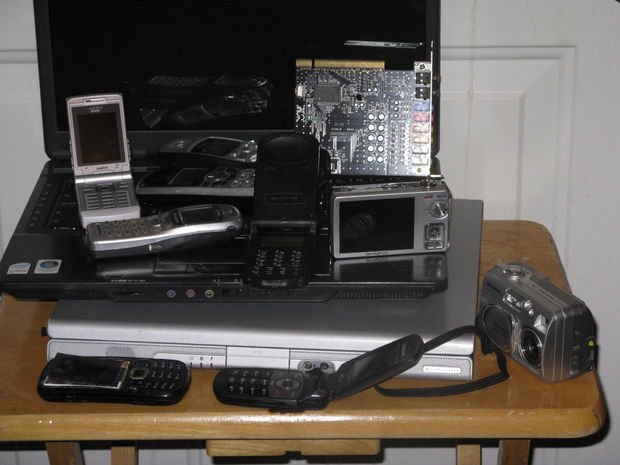
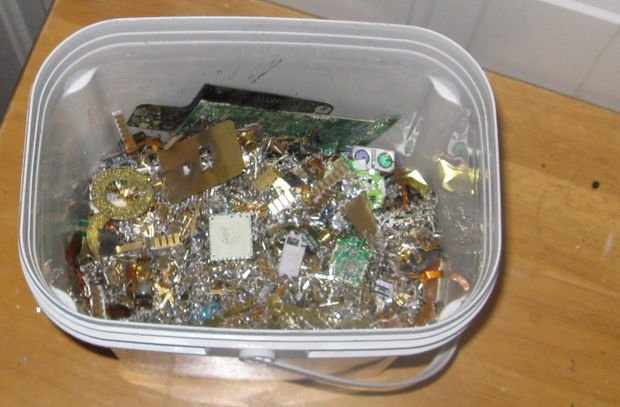

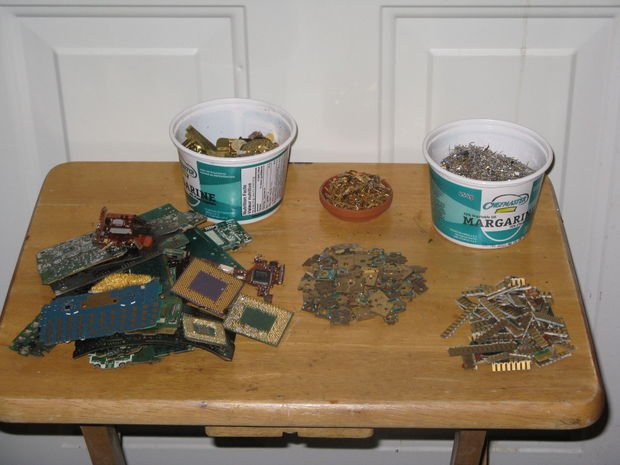
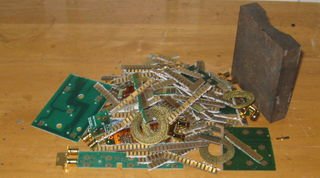
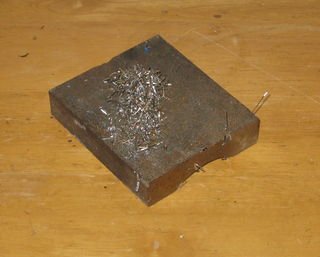

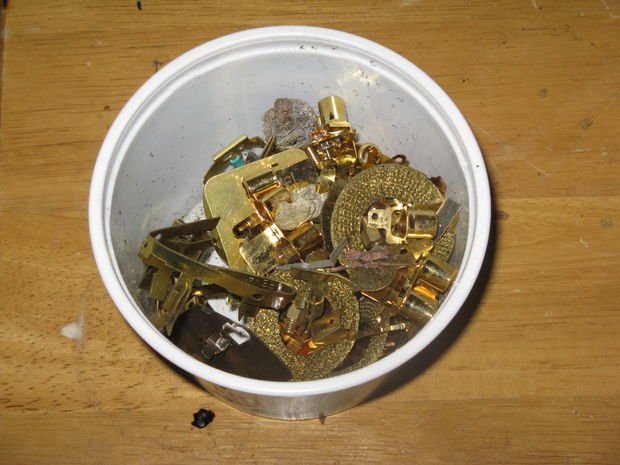
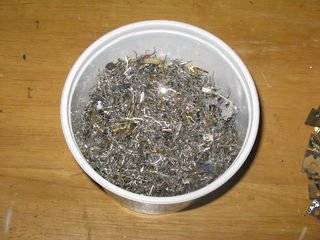


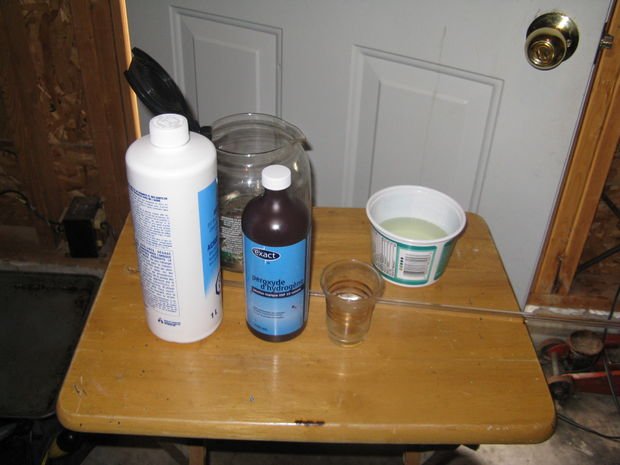

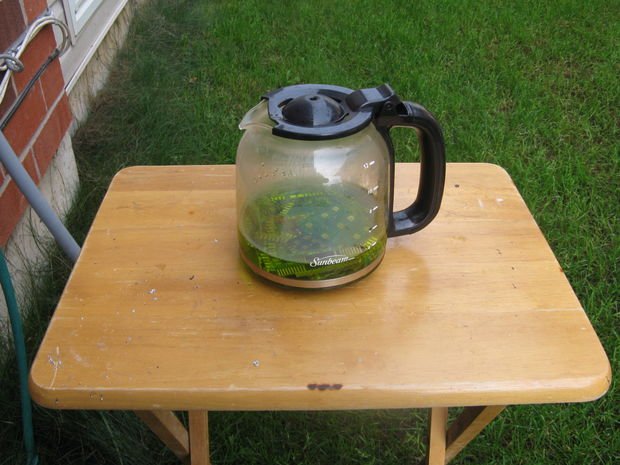


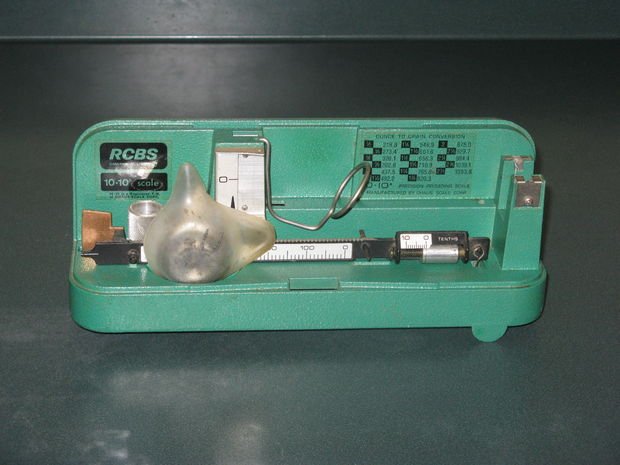


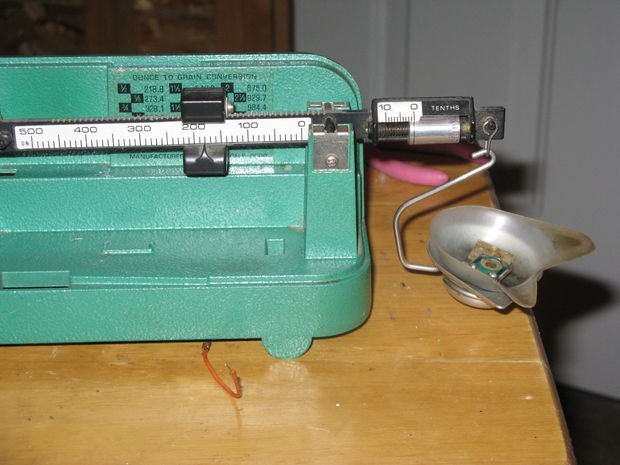


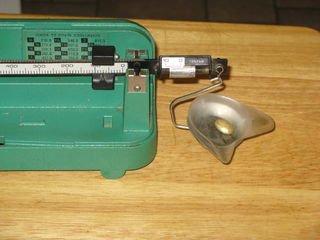
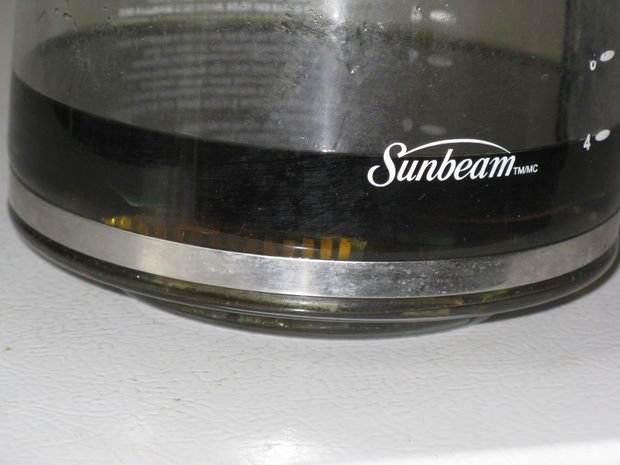
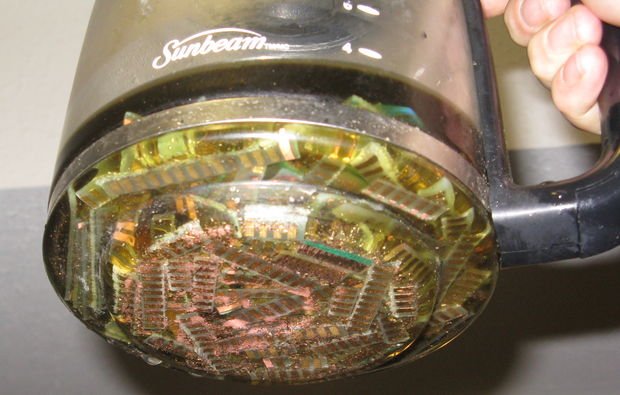

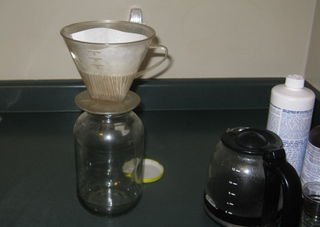
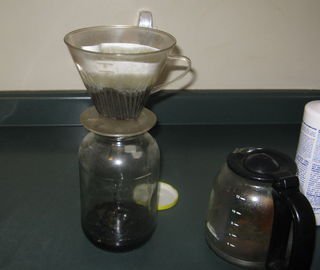
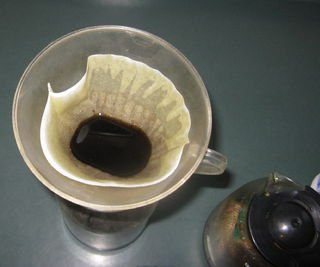

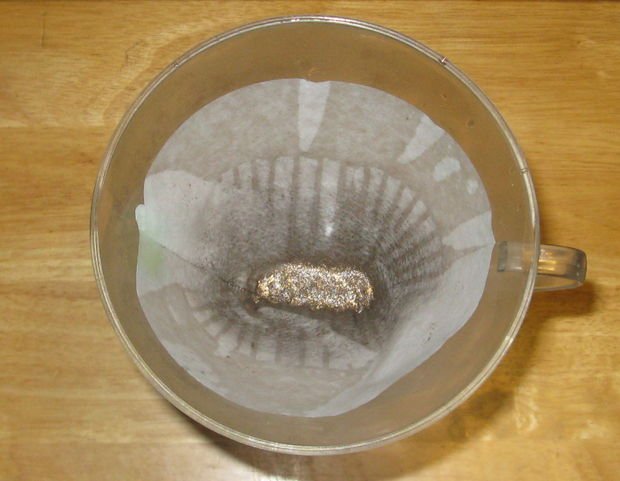
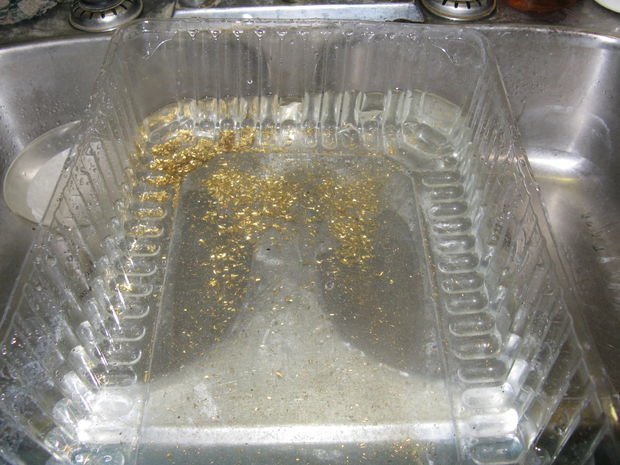

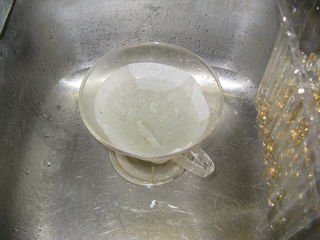
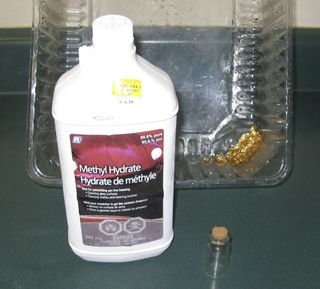

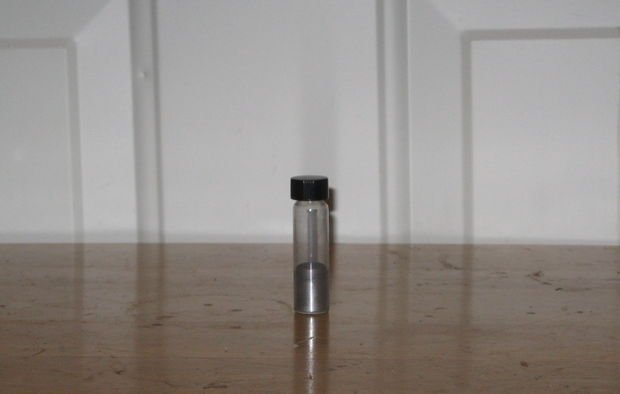
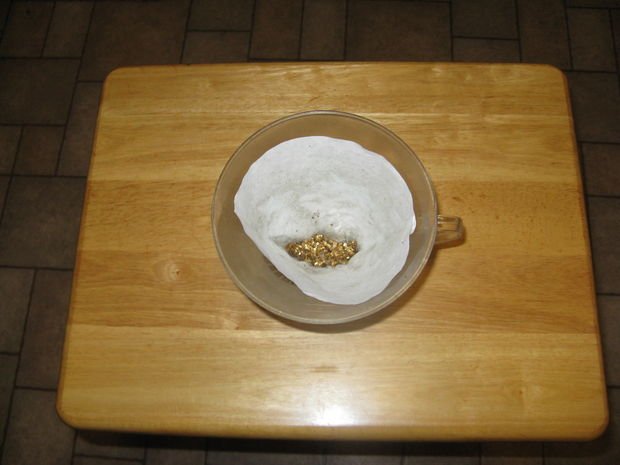
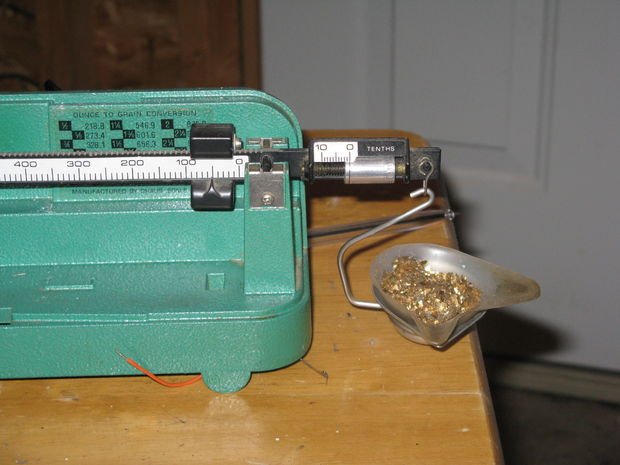
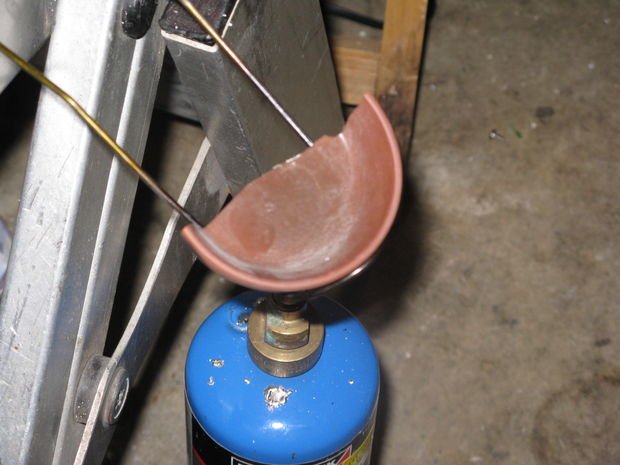
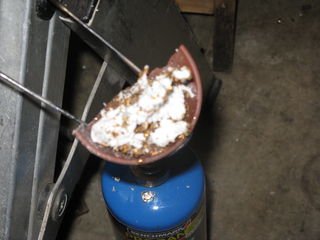
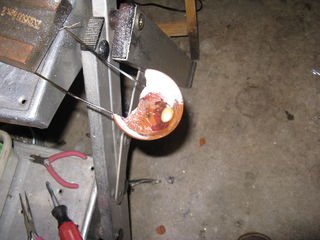
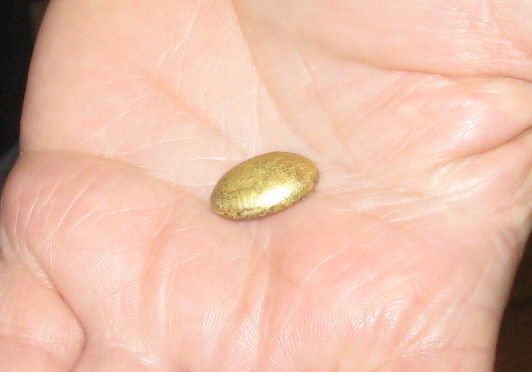
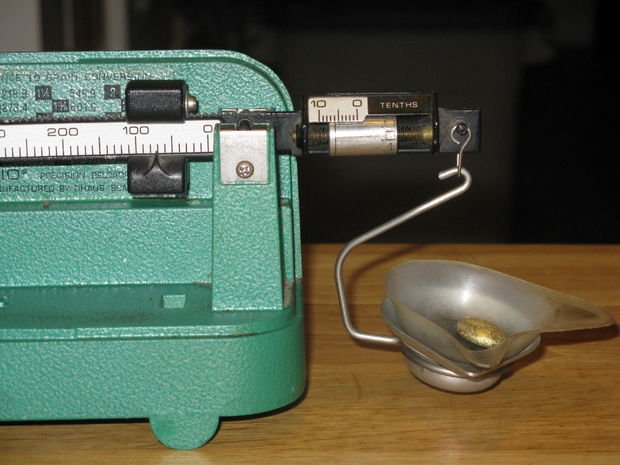

And where did you get that gold scrap I was looking on ebay and I found mostly worthless junk + I need to invest in to chemicals, scales , protective tools and stuff :) any help will be appreciate because this can be nice hobby :)
Believe me - it pays! Especially if there are a large number of old appliances! )
https://steemit.com/steemit/@jillstein2016/secret-to-always-having-100-voting-power
Gold is good
This is the most amazing thing I have seen Custom PCB : PCB Manufacturing